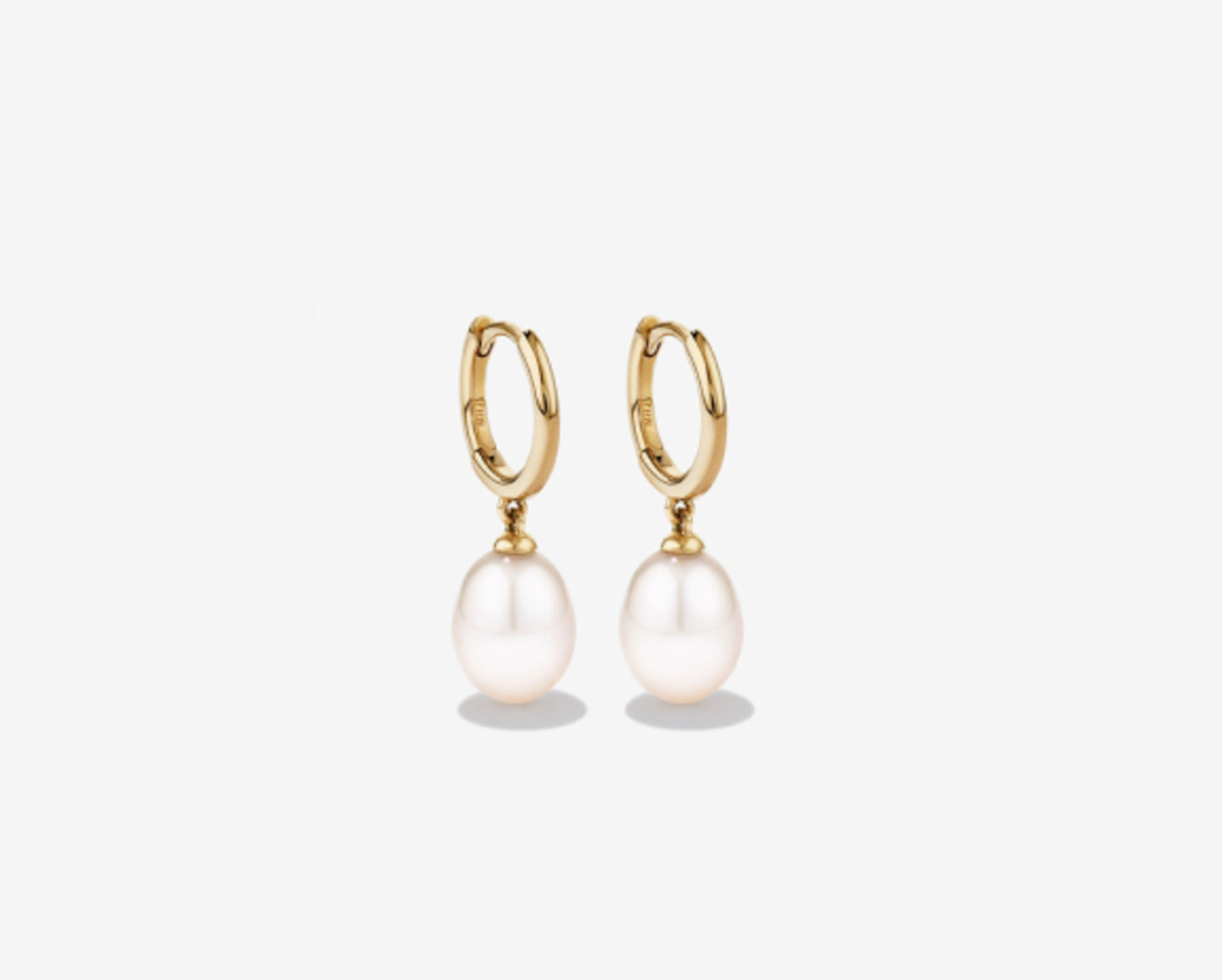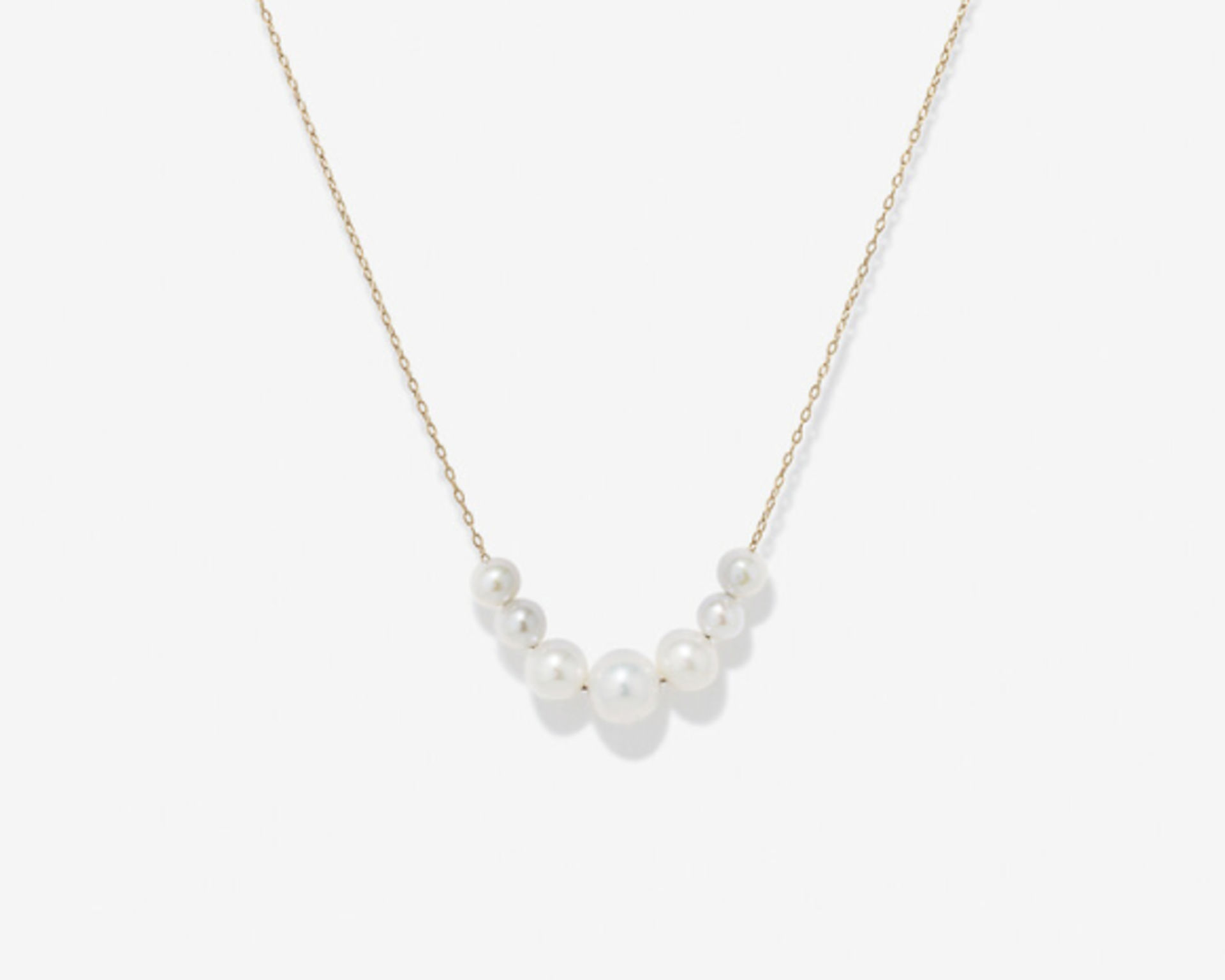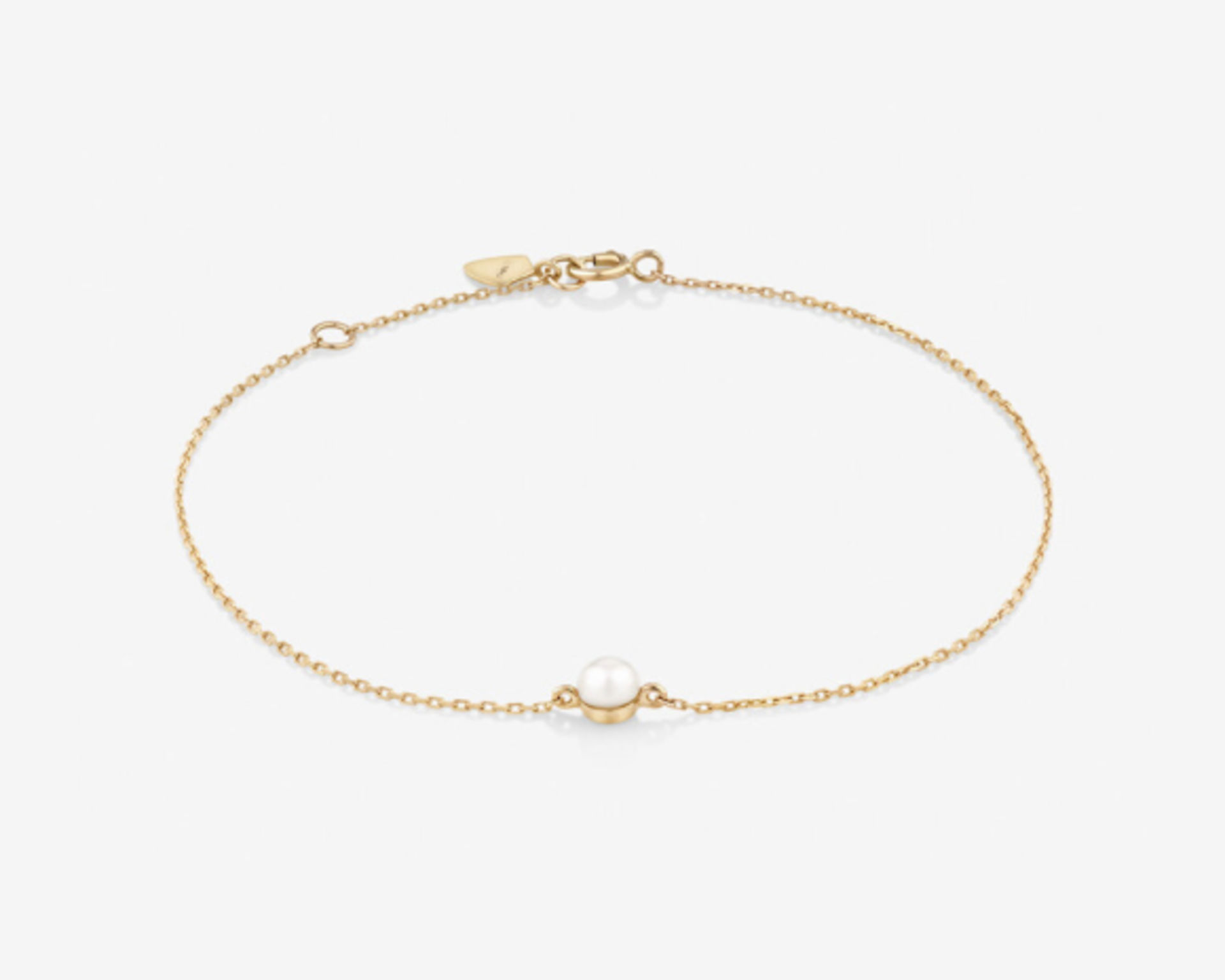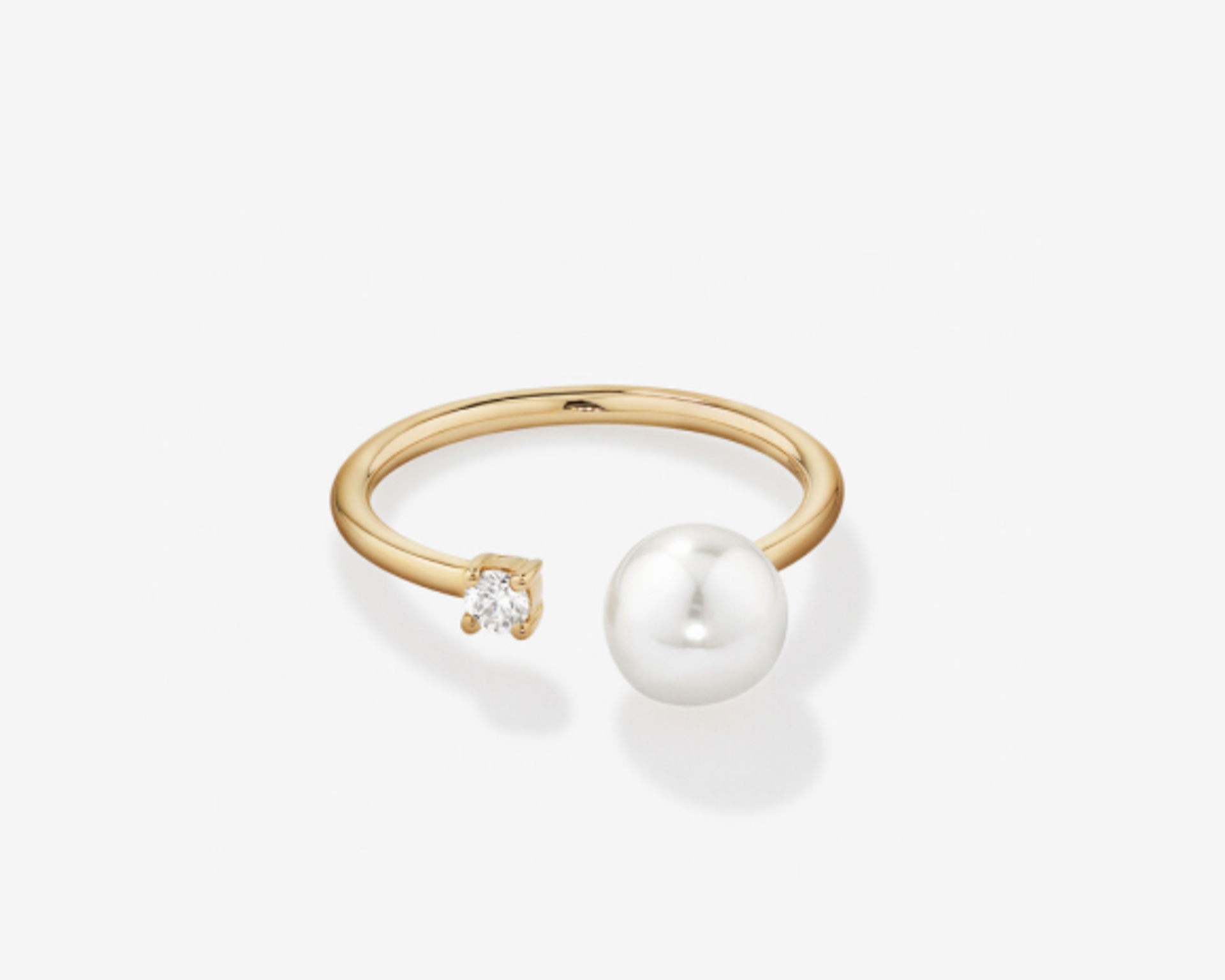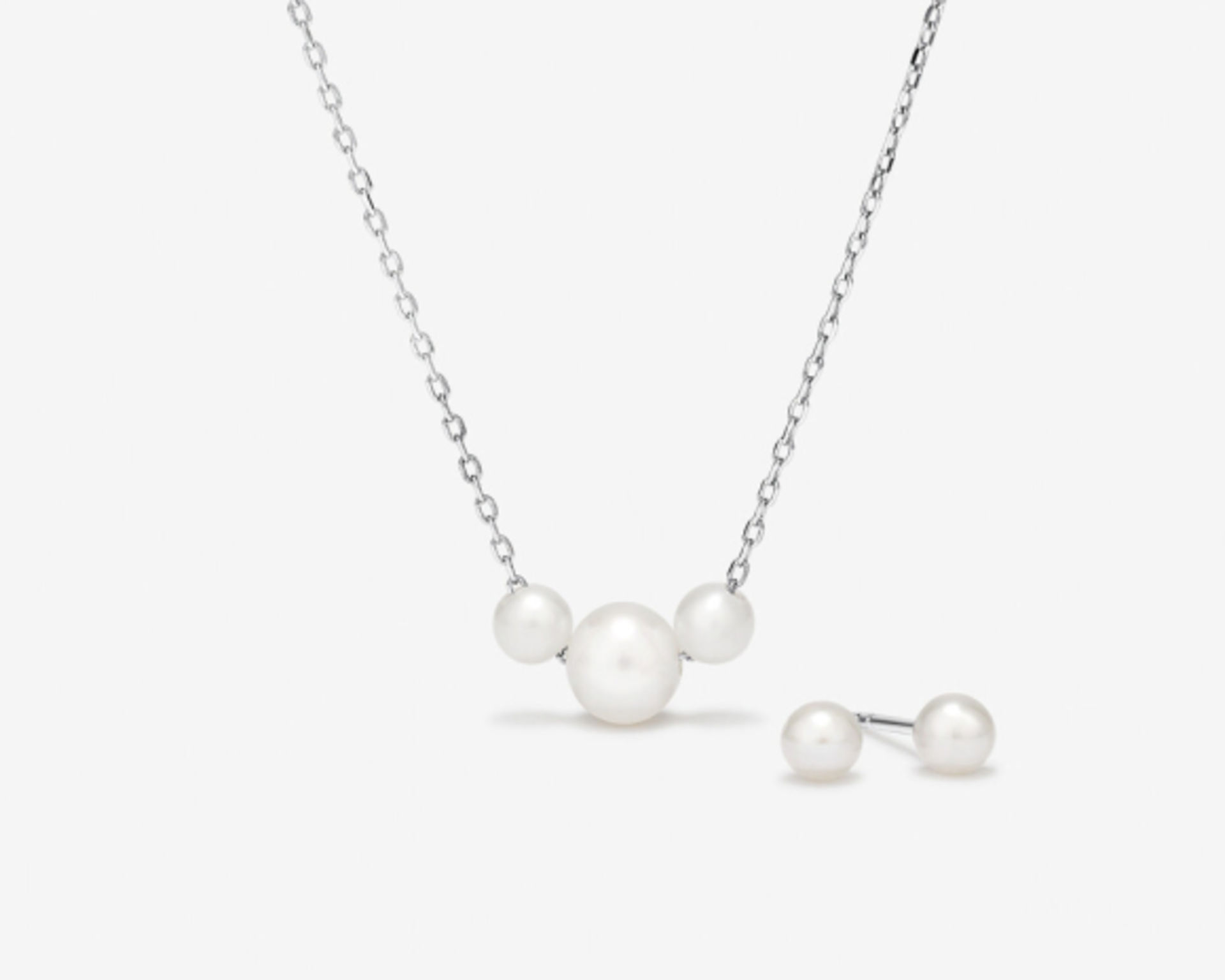A pearl is a small, imperfect sphere, a gem with a beautiful glistening sheen that leaves you transfixed. They are known to be found in irregular shapes too, commonly referred to as ‘baroque’. A mollusc uses layers of nacre - a composite made of aragonite - to slowly build the pearl you see and feel, spinning together an array of colours, visible as light skims the surface. The longer the mollusc spends at its work, the larger the pearl.
Many choose pearls for their regal ambiance; a pearl will elevate any wardrobe choice, be it simple pearl earrings, a pearl necklace, pendant or bracelet. The pearl is the subtle yet sophisticated statement that truly speaks for itself, which also makes pearl bridesmaid jewellery a popular choice made by many brides.
